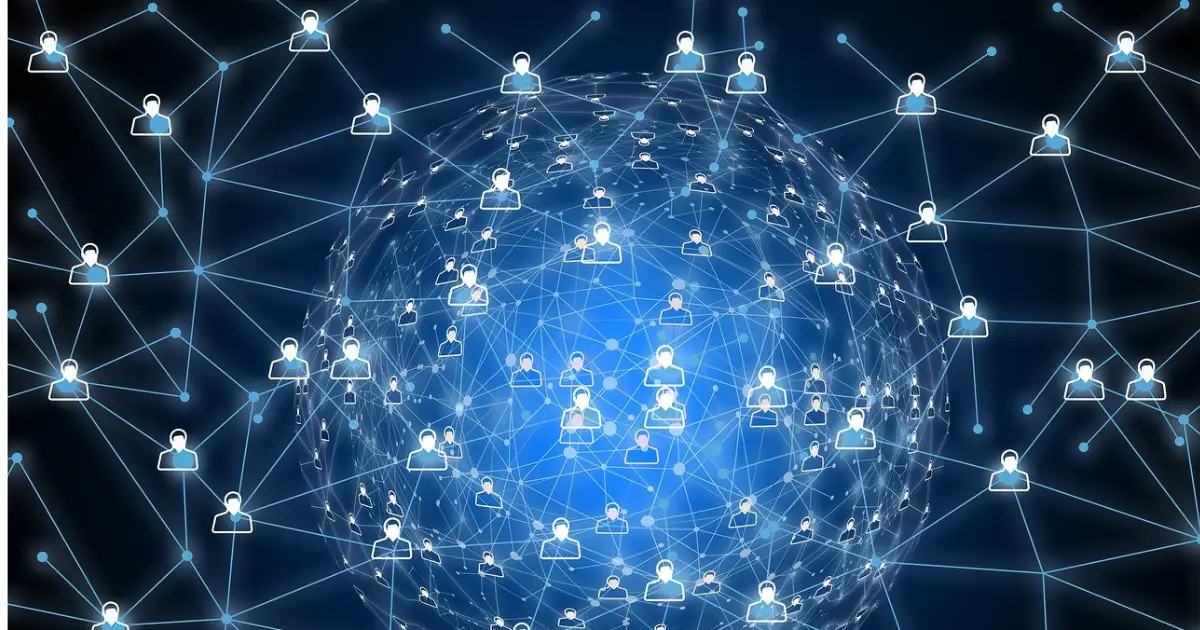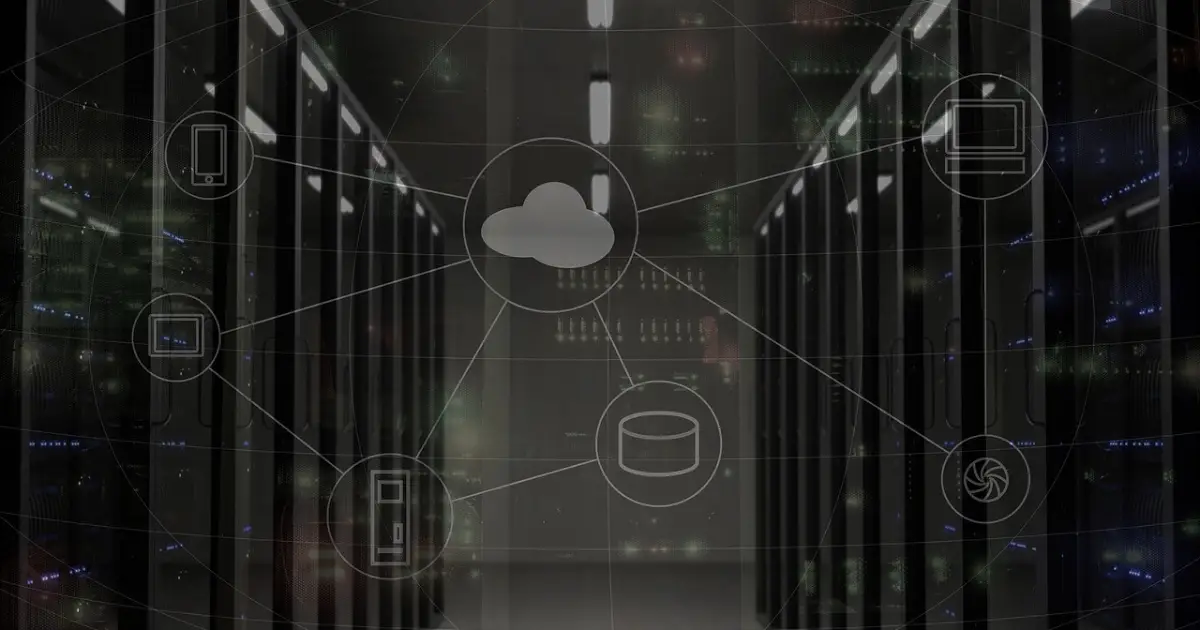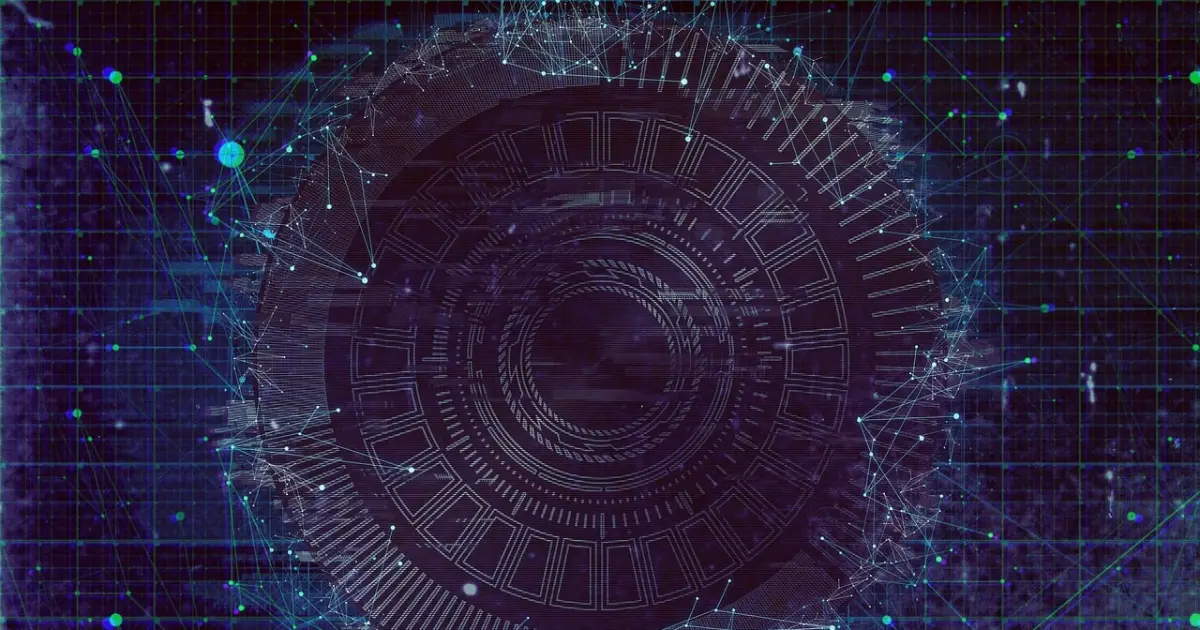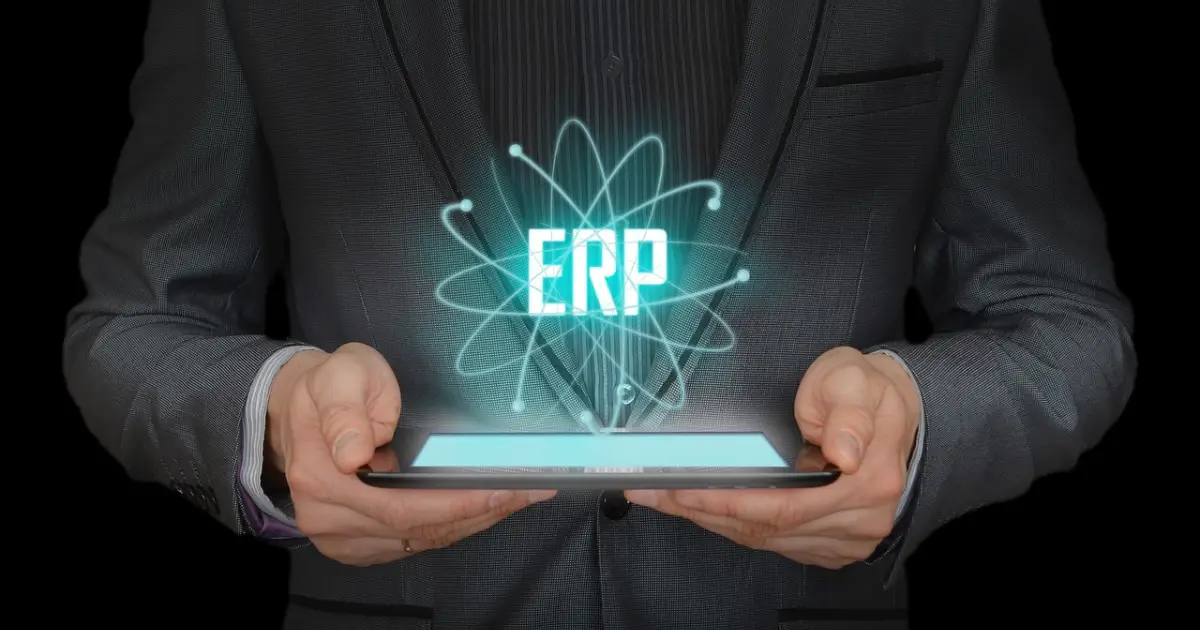focus notes


What are the benefits of IoT? By introducing it, you can improve your business and data collection efficiency!
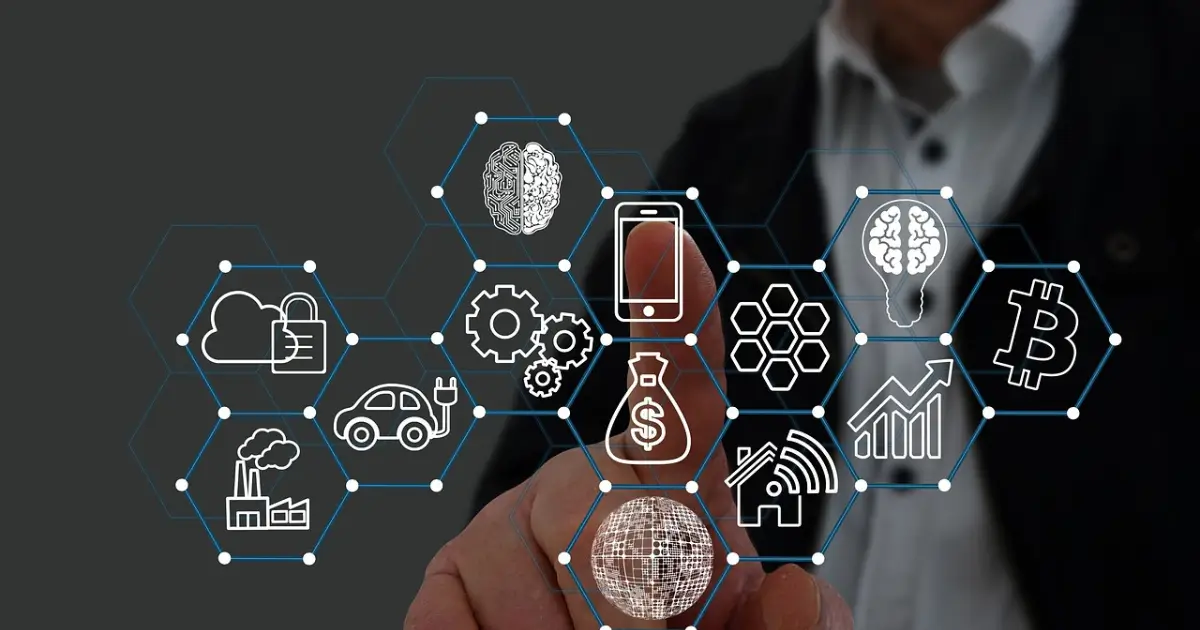
table of contents
"I don't know what specific benefits there will be if I introduce IoT."
“Are there any disadvantages?”
Some people who are considering introducing IoT may have questions like the ones above.When IoT is introduced, things can be controlled remotely and monitored in real time.It is possible to operate the equipment and check its operating status even from a distance.
On the other hand, there are disadvantages such as installation costs and the need for advanced security measures. Therefore, when introducing it, it is necessary to consider the disadvantages as well. By understanding the advantages and disadvantages, you will be able to utilize IoT more effectively.
In this article, we will explain the advantages and disadvantages of IoT, as well as frequently asked questions regarding IoT. If you would like to deepen your understanding of IoT before introducing it, please refer to it.
Improving work efficiency and more! Advantages of introducing IoT
The following are the nine main benefits of introducing IoT.
- Improving work efficiency
- Reducing personnel costs
- Strengthening predictive maintenance
- Reduced human error
- Decreasing the probability of unnecessary inventory occurring
- Visualization of operating status
- Improving data collection efficiency
- Easy real-time data collection
- Discovering new business opportunities
Improving work efficiency
By introducing IoT, you can expect to improve business efficiency.IoT makes it possible to streamline and automate work.
For example, when managing packages in the logistics industry, it is necessary to accurately know which packages are located where. If you lose it, it could take a huge amount of time and effort to find it. By using tags that can obtain location information and IoT, it will be possible to efficiently check luggage and properly manage it.
In addition, it is possible to understand the flow of cargo from the collected data and identify processes that are causing inefficiency. The information determined can be used to take measures to improve business efficiency.
Reducing personnel costs
By introducing IoT, you can also expect to reduce labor costs.This is because automation through IoT can reduce the amount of work that requires direct human intervention.
For example, if a person is constantly monitoring the operation of machinery in a factory to make sure there are no malfunctions, it is necessary to deploy someone for monitoring work. Introducing IoT devices will perform monitoring in place of humans, leading to labor savings and reduced labor costs in monitoring operations.
IoT can also combine communication between things with remote operation. If a problem occurs, a warning can be sent to the administrator's device, allowing remote operation. For example, if a problem occurs with equipment at night or on a holiday, the administrator will no longer need to go directly to the facility to operate it. This will help reduce labor costs incurred when dealing with problems.
Strengthening predictive maintenance
Another benefit of introducing IoT is that it can strengthen predictive maintenance.Predictive maintenance is the process of monitoring the movement of machinery and equipment, identifying signs of trouble or failure, and replacing or repairing parts. With IoT, the status of things can be monitored in real time, so any abnormalities or signs of trouble can be detected early.
One area where predictive maintenance efforts are being leveraged is infrastructure. Infrastructure is the foundation that supports our lives, and if there is a problem, it can affect us in a variety of ways. For example, in the case of electric power infrastructure, an abnormality in a power plant or power transmission line could cause a power outage or unstable power supply.
Using IoT, you can monitor the status of infrastructure equipment 24 hours a day in real time. If you detect signs of machine abnormalities, you can immediately perform maintenance and repairs to prevent breakdowns. This allows for a stable power supply.
If you can detect abnormalities and signs of trouble and take action, you can minimize the impact of trouble. If IoT is utilized not only in infrastructure but also in factories and production sites, stable operations can be expected by strengthening predictive maintenance.
Reduced human error
Reducing human errors is also a benefit of IoT implementation.Being able to manage the status and data of objects reduces the errors that can occur when done by humans.
For example, consider a case where you are managing inventory in a warehouse. When employees check inventory and shipment numbers, there is a risk that they will make mistakes, such as miscounting, even if they are careful. By centrally managing data such as inventory and shipment numbers using IoT, it is possible to prevent such mistakes. The work burden on employees can be reduced, and it is also possible to review the way they work.
Decreasing the probability of unnecessary inventory occurring
By introducing IoT, you can also expect to reduce the probability of unnecessary inventory occurring.By being able to understand the status of inventory, it is possible to achieve appropriate inventory management.
When managing inventory, if you do not know the exact number of items in stock or orders, there is a risk that products that are not originally needed may be produced. There may be cases where new products are produced for orders that could originally have been fulfilled with inventory, resulting in an increase in inventory.
In order to reduce the amount of unnecessary inventory, it is essential to accurately understand data such as the number of items in stock and the number of orders. Once you have accurate data, you can allocate inventory appropriately and adjust production quantities.
By introducing IoT, you can understand the status of things and collect the necessary data in real time. You can consider production plans based on the latest data, which will reduce the probability of unnecessary inventory.
Lowering the probability of unnecessary inventory occurring will lead to cost reductions and revisions. The introduction of IoT will enable appropriate inventory and cost management.
Visualization of operating status
One of the benefits of introducing IoT is that it allows you to visualize the operating status.Data on the condition and movement of objects is collected and accumulated, allowing you to objectively check the operating status.
If you cannot see the operating status, even if there are tasks that are inefficient or prone to problems, you will not be able to clearly determine why this is the case. Without knowing the cause or reason, you will not be able to take effective measures.
In the IoT, sensors collect data on things such as the state of things and the movements of people. For example, the following data can be collected:
- factory production line
- Movement of cargo in logistics
- Movement of people and machines at a construction site
By collecting data on the movements of things and people as described above, you can objectively understand which processes are becoming inefficient. You will see problems and issues that you were not aware of before. Taking measures based on data will make it easier to streamline and automate operations.
Improving data collection efficiency
By introducing IoT, we can also expect to improve data collection efficiency.With IoT, data can be collected using sensors tailored to the purpose.
Collecting the various data mentioned above, such as the condition of items and the number of items in stock, can help discover problems and solve problems. However, if people try to collect it steadily, it will take a huge amount of time and effort. In addition, the reality is that it is difficult to collect accurate data because oversights often occur.
However, with IoT, the system collects the necessary data by attaching sensors that match the data you want to collect, making it possible to collect data on a scale that would be difficult for humans.
The following are the main types of data that can be collected by sensors attached to IoT devices.
- sound
- light
- pressure
- movement of people and objects
- Video/Image
Sensors detect and collect this information. The introduction of IoT will make it possible to collect objective data efficiently.
Easy real-time data collection
One of the benefits of IoT is that it is easy to collect data in real time.The status of objects can be constantly monitored, allowing the most up-to-date data to be collected.
For example, a retail store can collect data about customer movements, such as their movements within the store and the products they purchase. By utilizing this data, you can change displays and select promotional products that will lead to more purchases in real time. If you collect individual customer information, you can conduct promotional activities that pinpoint the products that your customers are looking for.
Discovering new business opportunities
There is also the possibility of discovering new business opportunities by introducing IoT.Since various data can be collected and analyzed, new ideas may be generated based on that data.
As mentioned earlier, IoT can collect a variety of data. Analyzing this data will reveal, for example, the following:
- Detailed routes and times when traffic congestion occurs can be determined from drive recorder footage and driving records.
- Analyze data from business management systems to identify inefficient and time-consuming tasks
- Visualize power usage and identify times and home appliances with high power consumption
In the case of drive recorders, there is likely to be a demand for knowing in advance the routes and times when traffic congestion occurs. For example, in the case of a business management system, the problem can be solved with a service that improves business efficiency. In the example of electricity usage, there is likely to be demand for services aimed at reducing electricity bills and being more environmentally friendly. In some cases, it may be possible to discover new demand by analyzing multiple pieces of data and deriving correlations.
Such discoveries will lead to the creation of new businesses and services.
Disadvantages of IoT: Security measures are essential!
IoT has many advantages, but it also has four main disadvantages:
- Environment construction is expensive
- Advanced security measures are required
- Measures are required when the system goes down
- Securing and training high-level human resources with specialized knowledge is essential.
Environment construction is expensive
A disadvantage of IoT is that it is costly to build an environment.When implementing a system, costs will inevitably be incurred for building the system and purchasing the equipment.
To begin with, IoT involves attaching sensors and communication devices to things and sending and receiving data and issuing instructions via the Internet. Therefore, to build the environment, you mainly need the following:
- Sensor attached to equipment
- communication equipment
- Network Line
- Cloud
- application
When introducing IoT, be sure to calculate the costs involved in setting up the environment beforehand.
Advanced security measures are required
One of the disadvantages of IoT is that it requires advanced security measures.By connecting to the Internet, you run the risk of being exposed to cyber-attacks from outside. In fact, in 2016, there were the following cases in which cyber attacks were carried out using IoT devices.
[OVH (France)]
・World's largest DDoS attack of up to 1.5Tbps occurred against company-owned servers from approximately 140,000 IoT devices allegedly infected with Mirai*
* Malware that automatically infects IoT devices and has functions such as executing DDoS attacks using the infected devices as a springboard in response to instructions from the attacker.
Source: Ministry of Internal Affairs and Communications | Current status and issues related to cyber security, etc. October 2017 | Page 3 (as of January 17, 2024)
This case involves a DDoS attack that uses IoT devices infected with malware to overload the server and cause it to malfunction (a DDoS attack that sends a large amount of fraudulent traffic from many computers to the target website or online service). The fraudulent act of sending all messages at once) was carried out. In order to avoid such damage, it is important to take security measures from the time of installation.
As one of the security measures, we recommend ensuring network security. It is a good idea to isolate and segment the network and limit the networks that connect to IoT devices. This alone can be expected to have a certain degree of effect in preventing data eavesdropping and tampering. Furthermore, by introducing an intrusion detection system (IDS) or intrusion prevention system (IPS) to detect unauthorized access and intrusion, you can operate with peace of mind.
Measures are required when the system goes down
One of the disadvantages is that it requires measures in case the system goes down.With IoT, there is a risk that some kind of trouble may occur, such as network failure or equipment failure.
For example, IoT devices require electricity to operate. If the power supply is cut off for any reason, the system will no longer be able to operate. Additionally, if there is a problem with your internet connection or your machine breaks down, you may not be able to send or receive data. There are also cases where a system has to stop operating due to a cyber attack.
If you do not have measures in place in case the system goes down, you will be delayed in dealing with problems when they occur. In some cases, you may find yourself in a situation where the problem cannot be resolved unless the system is restored. To avoid falling into such a situation, you need to take precautions in advance.
As a countermeasure, it is a good idea to establish a backup system and disaster recovery plan. Regular data backups will be performed so that data can be restored quickly in the unlikely event of a system downtime. Data can be stored on servers in different geographic locations to deal with risks such as natural disasters.
We also develop disaster recovery plans based on system down scenarios. By clarifying the emergency communication system, recovery procedures, and securing the necessary resources, it becomes possible to quickly rebuild not only the system but also the operational structure.
Securing and training high-level human resources with specialized knowledge is essential.
Another disadvantage is that it requires securing and training high-level human resources with specialized knowledge.Human resources with IT-related expertise are required to properly operate and manage IoT.
If you do not have human resources with specialized knowledge, there is a risk that you will not be able to effectively utilize IoT even if you introduce it. There may be cases in which treasures are wasted because people do not understand what IoT can do and are unable to utilize it effectively. Furthermore, even if you are able to use a system, you cannot say that it is being properly managed unless you know how to maintain it or deal with problems when they occur.
To successfully utilize and properly manage IoT, it is necessary to secure human resources with specialized knowledge. To do this, you may need to hire new staff or train them within your company. Securing and training human resources is not something that can be done immediately; it takes a certain amount of time. When you start considering implementation, consider how you will secure and train human resources.
Explaining frequently asked questions related to the benefits of IoT
We will answer two frequently asked questions about the benefits of IoT:
- What are the benefits of IoT from an individual's perspective rather than a business perspective?
- What exactly is IoT?
What are the benefits of IoT from an individual's perspective rather than a business perspective?
The benefits of IoT from the average person's perspective include improved convenience.IoT makes it possible to remotely control and understand the status of various things.
A typical example of a commonly used IoT device is a "smart home appliance," which is a home appliance that incorporates IoT. Smart home appliances include the following:
- Air conditioners and TVs that can be controlled from outside
- Smart speaker that can be controlled by voice
- monitoring camera
The air conditioners and TVs mentioned above can be turned on and off even when you are not at home by connecting your smartphone to an IoT device. With a smart speaker, for example, you can turn on the TV connected via the Internet by saying to the speaker, "Turn on the TV." Voice search is also available, so you can get real-time weather forecast information by saying, "Tell me what the weather is like today."
With a surveillance camera, you can check on the condition of infants, small children, pets, etc. from a distance using your smartphone. If there is an abnormality, you will receive an alert, so you can take action quickly.
Of course, IoT is not only used in smart home appliances. Services that utilize IoT are appearing one after another, such as services that can obtain real-time information on traffic congestion and weather, and wearable devices that can measure vital signs. In this way, IoT is being used to make various situations in daily life more convenient.
What exactly is IoT?
IoT system is an abbreviation for "Internet of Things" and refers to the technology that connects things to the Internet.
Traditionally, computers such as personal computers and smartphones were the main types of computers connected to the Internet. By attaching sensors and communication devices to devices, IoT enables various things that were previously not connected to the Internet to connect to the Internet.
There are four main things that can be done with IoT:
- Remote control of objects
- Monitoring the condition of things
- Detection of object movement
- Communication between things
IoT devices collect various data using the sensors installed on them. Based on this data, it is possible to operate things from a remote location and understand the status of things via the Internet. Since devices connected to the Internet can communicate with each other, data can be sent and received automatically.
For more information on IoT, please refer to the article below.
IoT is the Internet of Things! Explaining the mechanism, what can be achieved, and implementation examples
summary
IoT is a technology that has various benefits, such as improving work efficiency and discovering new business opportunities.It allows you to collect data in real time and understand the condition of things, and the collected data can be used to discover and solve problems. It can also automate tasks that were previously performed by humans, so if you introduce it, you can expect to improve work efficiency and reduce human error. Furthermore, analyzing the collected data may also lead to new business opportunities.
However, IoT has not only advantages but also disadvantages. When considering implementation, you must also take into consideration the huge cost of implementation and the need for advanced security measures and troubleshooting measures. It is also necessary to secure human resources for effective utilization.
If you have any concerns about implementing IoT, please feel free to contact us.
Achievements left behind
48 years since its establishment.
We have a proven track record because we have focused on what is important.
It has a long track record in both the public and private sectors.
Number of projects per year
500 PJ
Annual number of business partners/customers
200 companies
Maximum number of trading years
47 years
Total number of qualified persons
1,870 people



